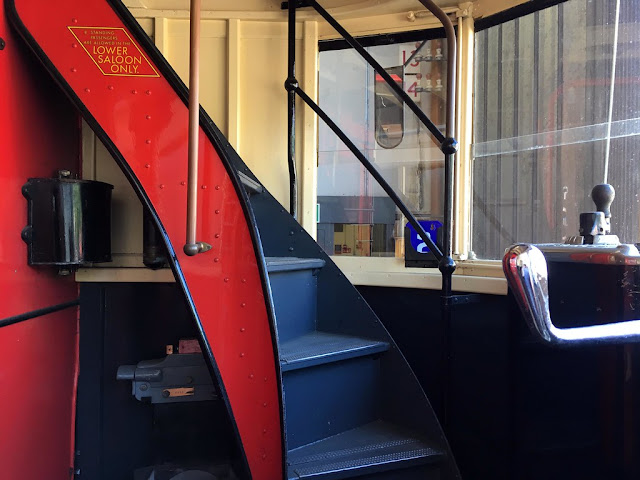This was the largest class of tramcars built for a UK tramway, the type became the standard design operated by London County Council Tramways. The trams were built with top covers though the platforms (and motormen) were exposed to the elements. When the trams were refurbished in the late 1920s and 1930s these problems were rectified with windscreens and platform vestibules added. More comfortable seats were also fitted to some trams.
 |
| 1622 preserved at Crich |
| Information |
| Number built: |
1, 050 |
| Built: |
1907-30 |
| Builder: |
Hurst Nelson, Brush Traction,
London County Council Tramways |
| Motor: |
2 BTH509P1 electric motors and others (DC OHLE & Conduit) |
| Power: |
140 hp (104 kW) |
The majority of the tram bodies were built by Hurst Nelson with a number also built by Brush Traction. A small number were also built by LCC itself [1]. The trams were powered by a variety of electric motors including the Westinghouse 200, Metropolitan Vickers 121 and Dick, Kerr 31c. The trams could either get their electricity from overhead lines or a subterranean conduit rail.






